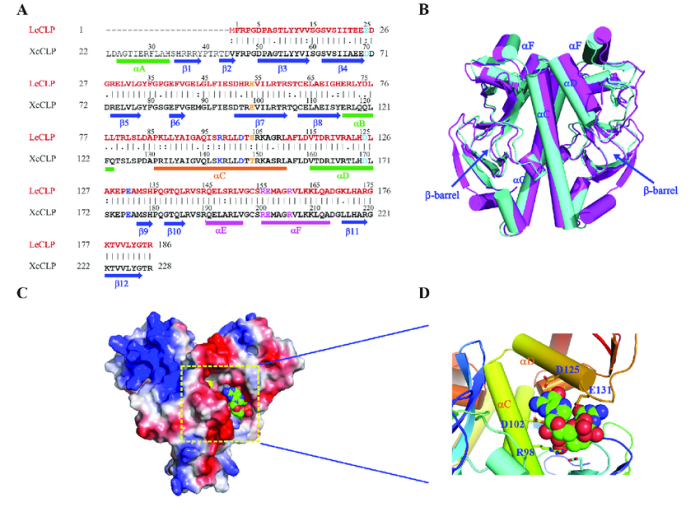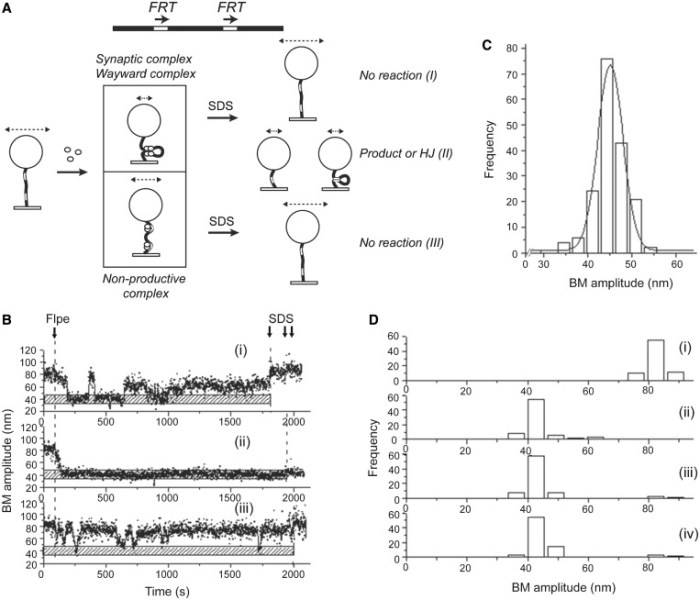Theme-and-variations form may be schematically outlined as – Theme-and-variations form may be schematically Artikeld as a musical structure that presents a theme, followed by a series of variations that explore and develop the theme’s melodic, harmonic, and rhythmic elements. This form has been widely employed throughout the history of music, from early Renaissance compositions to contemporary jazz and folk pieces.
The variations in a theme-and-variations form can take on various forms, including melodic variations, harmonic variations, rhythmic variations, and combinations thereof. Thematic development techniques such as augmentation, diminution, inversion, and retrograde motion may be used to transform the theme throughout the variation set.
Theme-and-Variations Form Overview

Theme-and-variations form is a musical structure in which a melody (the theme) is repeated several times with variations. The variations can be simple or complex, and they can involve changes to the melody, harmony, rhythm, or orchestration. Theme-and-variations form is a popular choice for composers because it allows them to explore a single musical idea in a variety of ways.
Some famous compositions written in theme-and-variations form include:
- Bach’s Goldberg Variations
- Beethoven’s Diabelli Variations
- Brahms’ Variations on a Theme by Haydn
- Elgar’s Enigma Variations
Variations on a Theme
There are many different types of variations that can be used in theme-and-variations form. Some of the most common types include:
- Melodic variationschange the melody of the theme.
- Harmonic variationschange the harmony of the theme.
- Rhythmic variationschange the rhythm of the theme.
- Orchestral variationschange the orchestration of the theme.
Thematic Development

Themes can be developed and transformed throughout a variation set in a variety of ways. Some common techniques include:
- Fragmentation: breaking the theme down into smaller fragments.
- Augmentation: increasing the length of the theme.
- Diminution: decreasing the length of the theme.
- Inversion: turning the theme upside down.
- Retrograde: playing the theme backwards.
Formal Structure
The typical formal structure of theme-and-variations form is as follows:
- Statement of the theme
- Variation 1
- Variation 2
- …
- Variation n
- Coda(optional)
The number of variations in a theme-and-variations set can vary, and the form can be adapted to different musical contexts.
Historical Evolution

Theme-and-variations form has a long history, dating back to the Middle Ages. It was a popular form during the Renaissance and Baroque periods, and it continued to be used by composers throughout the Classical and Romantic periods. In the 20th century, theme-and-variations form was used by composers such as Arnold Schoenberg, Igor Stravinsky, and Béla Bartók.
Applications in Different Musical Styles

Theme-and-variations form has been used in a wide variety of musical styles, including classical, jazz, and folk music. Some examples of pieces in different styles include:
- Classical: Bach’s Goldberg Variations, Beethoven’s Diabelli Variations, Brahms’ Variations on a Theme by Haydn
- Jazz: Miles Davis’ “So What,” John Coltrane’s “Giant Steps,” Thelonious Monk’s “Round Midnight”
- Folk music: “Amazing Grace,” “The Star-Spangled Banner,” “Sakura Sakura”
Pedagogical Value
Theme-and-variations form is a valuable teaching tool because it can be used to teach a variety of musical concepts, such as harmony, counterpoint, and form. It can also be used to help students develop their creativity and imagination.
FAQ Compilation: Theme-and-variations Form May Be Schematically Outlined As
What is the basic structure of a theme-and-variations form?
A theme-and-variations form typically consists of a theme, followed by a series of variations that explore and develop the theme’s melodic, harmonic, and rhythmic elements.
What are the different types of variations that can be used in a theme-and-variations form?
Variations in a theme-and-variations form can take on various forms, including melodic variations, harmonic variations, rhythmic variations, and combinations thereof.
How can themes be developed and transformed throughout a variation set?
Thematic development techniques such as augmentation, diminution, inversion, and retrograde motion may be used to transform the theme throughout the variation set.